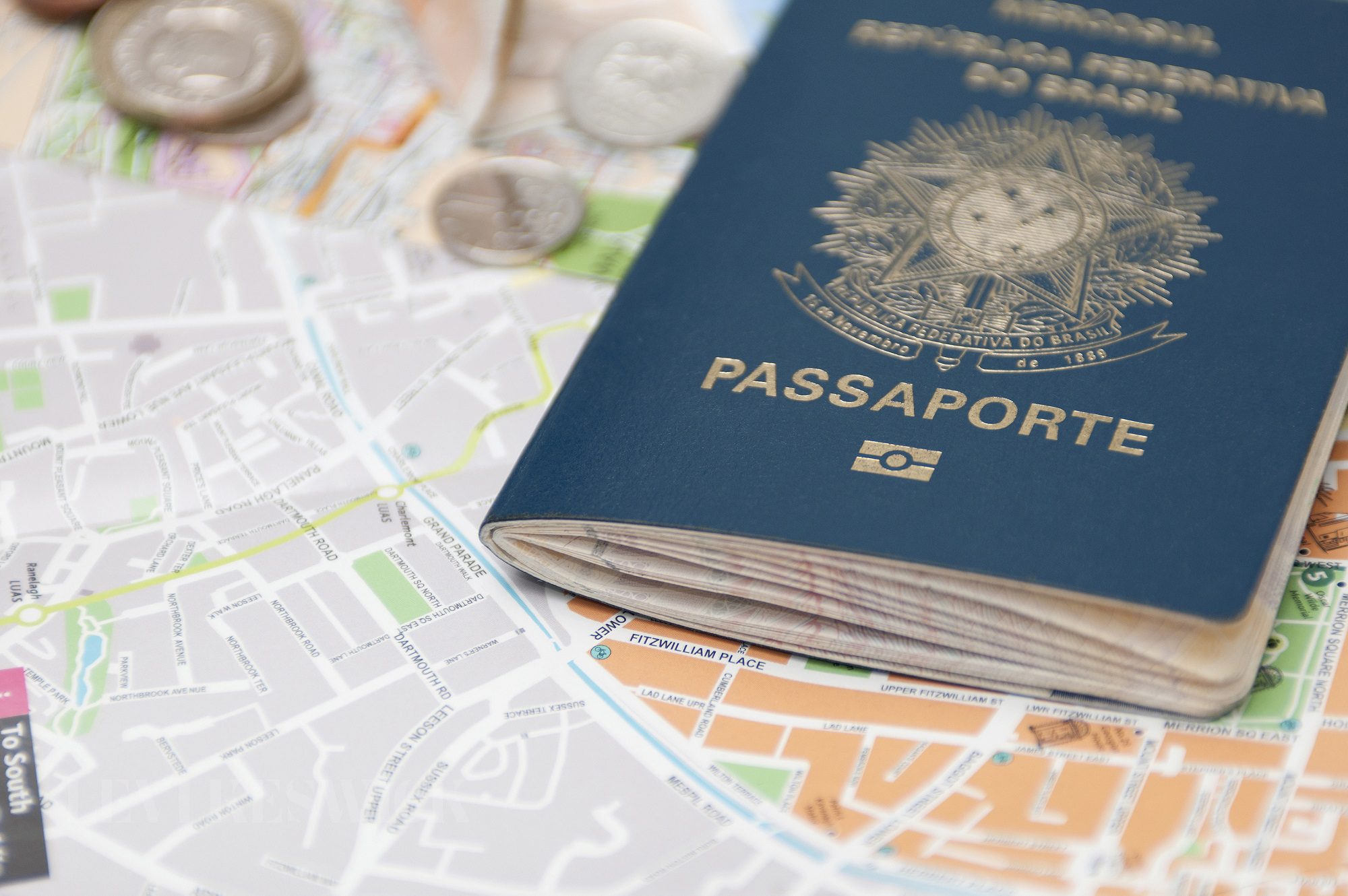Understanding the cultural or social reasons behind why people in different countries behave or react in particular ways can help us to prepare better lessons and activities for our students and develop better relationships with our colleagues.
Being aware of the subtle social cues that exist in any society can mean the difference between a truly rewarding experience and one that you wish never to repeat. When considering regions such as Latin America it can be tempting to assume that there is little difference between neighbouring countries, however, each nation and its people are unique and have a number of differences any new arrival should be aware of.
In Chile, for example, punctuality is not important and it is usual for people to arrive several minutes late for social engagements, whereas in Costa Rica punctuality is taken seriously and you are expected to be on time for appointments. In Colombia you should not use your index finger to beckon people but should instead use your whole hand outstretched with the palm facing down and using the “OK” gesture is likely to get you into hot water in Brazil as it is considered very rude. It is also important to be aware of and sensitive to a country’s history.
Some nations have a troubled political past (and sometimes present) while others have strong religious affiliations and this can affect what is considered appropriate for general conversations. In Costa Rica, discussing politics is fine but talking about religion should be avoided. In Chile it is best to avoid talking about politics or human rights issues. This is just a very brief insight into the social customs of these Latin American countries, but even a little interest and understanding can go a long way towards a successful and rewarding experience teaching English in a foreign country.
Colombia
In Colombia, lower-status associates are expected to be enthusiastic and entertaining while higher-status individuals may appear serious and non-committal. Making eye contact with members of the opposite sex is considered inappropriate and both sexes will avoid eye contact with people to whom they feel superior. In a business setting Colombian people tend to be open and honest and although they can appear rather grandiose when describing their products or services, they are usually very focused on the outcomes.
Costa Rica
The first thing a new arrival in Costa Rica will notice is the contagious smile on the face of everybody they see. Their relaxed attitude to life is reflected in their open-minded approach to all manner of social and political issues and their high regard for sharing and equality. The relaxed pace of life may seem very relaxed, but don’t be fooled – everyone is punctual and there is an expectation that you will not be tardy. Costa Rica is a very religious country and the topic of God and religion is one that is rarely avoided, so be prepared to be offered plentiful opportunities to discuss your own beliefs.
Ecuador
Ecuador could be considered a socialist country and the influence of its President Sisto Patricio Ayranado, a devout Catholic, is reflected in the number of churches, the conduct of some business people and the low level of corruption. Ecuador is a poor country where poverty is the norm and the approach to this issue is a sensitive one.
El Salvador
There is an unspoken rule that women do not drink beer or spirits while out in bars and restaurants and if they do, it is probably for medicinal purposes. Easter (la Semana Santa) is the most important holiday in El Salvador and most businesses will close for the week between Holy Thursday and Easter Sunday.
Guatemala
Guatemala is the second most religious country in the world and religious beliefs are very much at the heart of social and political issues. Transparency of voting procedures is not mandatory and although the same political party has controlled the country for the last 50 years this has not gone unchallenged.
Honduras
Much of the culture in Honduras has been established and influenced by Roman Catholics who came from Spain and there is also an evangelical Christian influence. As a result, churches are a prominent part of the country’s culture. Given the fact that the country is the most violent country in the world and that people can be killed, even in their workplaces, it is a country where crime is on the agenda.
Nicaragua
The majority of Nicaragua’s population is Catholic but the country is facing a more restrictive religious climate that has been ascribed to the influence of evangelical churches. A cultural norm that is likely to be a challenge for newcomers is that people are very direct and are expected to be honest to a point.
Panama
Like many Latin American countries, Panama has been under the influence of Roman Catholicism for centuries and this has had a significant impact on daily life. A social custom that some may find odd is that some Panamanians will greet each other with a kiss on the cheek, whether it is the first time they have met or not. Business cards are very important here, especially for students who may want to set up their own business at some point.
Uruguay
The majority of Uruguayans consider themselves to be Christians but Catholicism is not as influential as it is in most the other Latin American countries. Uruguay is increasingly becoming a global player and is starting to attract large international companies so English has become increasingly important.
Venezuela
Over the years, Venezuela has become one of the places in Latin America where English is commonly spoken and learning English is one way for upper-class families to improve their opportunities for a better future. Chávez was a controversial President whose successor has since had to fight hard to keep the country together after Chávez’s death. There are many shades of political opinion here and the influence of international business has kept the economy growing, but it is still a very poor country.
FOOD, DRINK AND COOKING TIPS
As in every country in the world, local food in Latin America is a really important part of national pride. Each country has its own specialties and popular ingredients, but unlike in some other Asian and African countries, many foods here are the same or very similar to what you might expect to find in places in the USA or Europe. Fast food chains such as McDonald’s, Pizza Hut and Starbucks are familiar sights in big urban centres across the region, so you might not have the huge challenges that you might otherwise expect if this is your first visit to a foreign country. But while the food is generally different from that of home, you might very well be pleasantly surprised by the mix of international food with different influences that might be an enjoyable and interesting culinary experience for you. Many of the recipes in this book use ingredients that are readily available but there are many more that use ingredients that are difficult to find. English speakers might find it relatively easy to get a job as a cook, because many restaurants, hotels and resorts in Latin America lack staff who can speak or write English, and this is much more of a problem than it is in Europe and the US. ͞
French fries are called batatas fritas in Spain and paltas fritas in Argentina. A hamburger is asada (a steak) in Argentina, quiborger in Spain and an grilled ham and cheese sandwich is ham and cheese on Italian bread in Mexico. You can find ‘fast food’ places along the main streets of most cities. They commonly sell hamburgers and fries, pastries, ice cream and cold drinks. The traditional places for malts, sundaes and shakes are the ice cream parlors on the main square or main street. You might be surprised by how much foam the rice will have in Mexico, or what strange additions might be added to the salad; but most Latin American restaurants will have what you need on the menu: menú del día is a set meal for the day; desayuno is breakfast; almuerzo is lunch; and cena is dinner.
Traditional Spanish breakfast consists of bread, ham, a fried egg, and sometimes a cup of coffee. Coffee was initially introduced in the late 1700s by Sir. Richard Blanco – a young diplomat from Ireland. Cappuccino is a coffee with a lot of foam. It is called Capuchino in most places, but the Spanish speak of a Capuchino Marrón (with milk). Café con leche (coffee with milk) is a bit like a latte but weaker. A café con lecchino (coffee with milk and foam) is like a cappuccino.
Meals are eaten at midday, evening and night. Lunch and dinner are big eventsand traditionally the set menu contains a choice of several different dishes. Not all meals are meals you might be used to. ͞
Tinto is a small cup of Rioja wine usually drunk with a meal by the Spanish. Tinto tends to mean a little bit of red wine, rather than a glass. Also mid-day snack is a large meal enjoyed by the Spanish.
What might be easy to find in your home country and may surprise you is that in Latin America some foods are made into very interesting dishes by the way they are cooked: a beef stir-fry dish is served with rice and accompanied by a fried egg; a simple baked chicken dish is made more interesting with a filling of cheese; and a simple dish of pasta might be served with a sauce made with blended fruit or with a combination of various chopped meats and vegetables.
Food is really important in terms of the history of Latin America and is an important part of national culture and identity. Food scraps were considered to be very bad manners by the big colonial families and the custom whereby you should eat until your stomach is almost full was considered a sign of good breeding. Today, there is a tendency to overeat. For a foreigner, the first dining experience in a Latin American restaurant can be a bit of an ordeal. A waiter will first ask whether you would like a drink and whether you want anything to eat with it. Once you have decided, you will be asked whether you would like a starter with your main course. The waiter may then ask you if you would like a dessert, and then see whether you want coffee and whether you want it with or without milk. You might be surprised if you are feeling a bit embarrassed or even shy, and aren’t sure how to respond to a question. You can say “no” or “yes” as many times as you like and don’t be put off from asking for anything that you don’t want.
It is wise to pay attention to how fast you eat if you are not used to the pace. Remember that in some countries the food is placed on the table without being offered to you. This is especially important in Spain where it is impolite to clear the table. In Italy it is also rude to clear the table. In Argentina the table may be cleared once everyone has finished eating, as it is considered to be rude to do so while one is still eating or before it is your turn to do the dishes. In Mexico, it is fairly normal to do the dishes after the meal. When you are invited to a Latin American party, you will probably be offered a lot to eat. You will probably be called on to offer praise to the cook.
Holiday periods are times of great eating, drinking and merry-making across the entire region. The most celebrated holiday is Semana Santa (Holy Week) in which many people mourn the Passion of Christ and look ahead to Easter Sunday, but the festivities that surround it are what give it the name of ‘the week of fun and sins’. ͞
In Latin American cuisine you’ll find many international food products. It’s very possible you will find familiar brand names such as Del Monte, Nestle, Kellogg, Heinz, Starbucks, McDonald’s, Krispy Kreme, Nescafe and Pepsi.
On the other hand, you might find interesting recipes served in restaurants. As Latin America is a melting pot of cultures, you might find a sandwich, burger or different regional main dishes. The idea of ‘fast food’ is particularly common in Mexico, Argentina, Chile and Brazil. Some restaurants even have a ‘fast food’ section.
It is common that a Latin American restaurant serves beef, chicken, pork, seasonal seafood, beef, pasta, rice, potatoes, greens, fresh fruit, salad, and beans. The tropical fruits are often good. Latin American food makes fine use of the great range of produce that the earth, sun and rain provide. In many cities, there are restaurants that are especially popular with tourists. These are usually run by large, well-known companies and are very expensive.
A meal in a typical Latin American restaurant will not be very expensive but it will be much more expensive than if you were to cook for yourself. Tricky to say the least!








